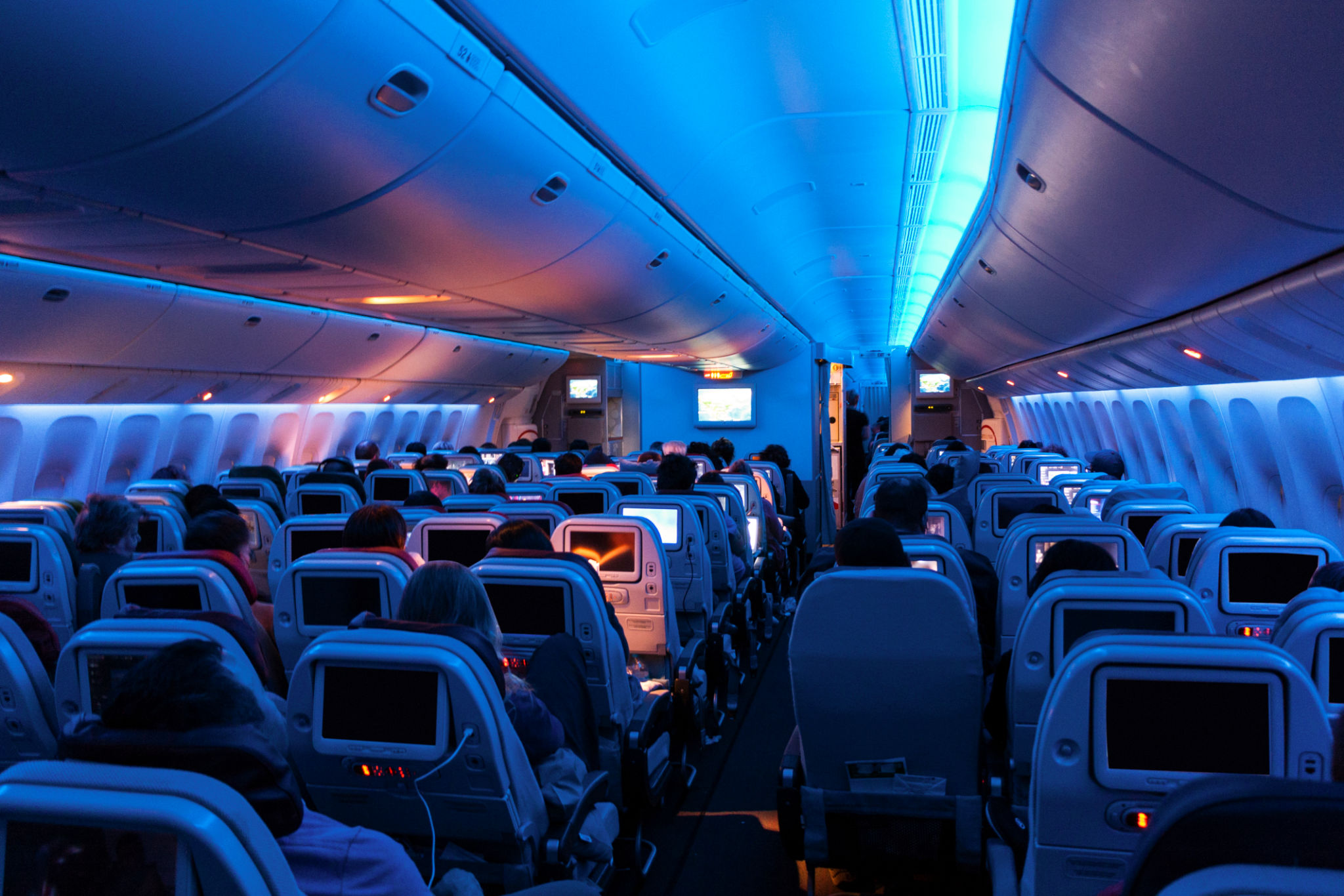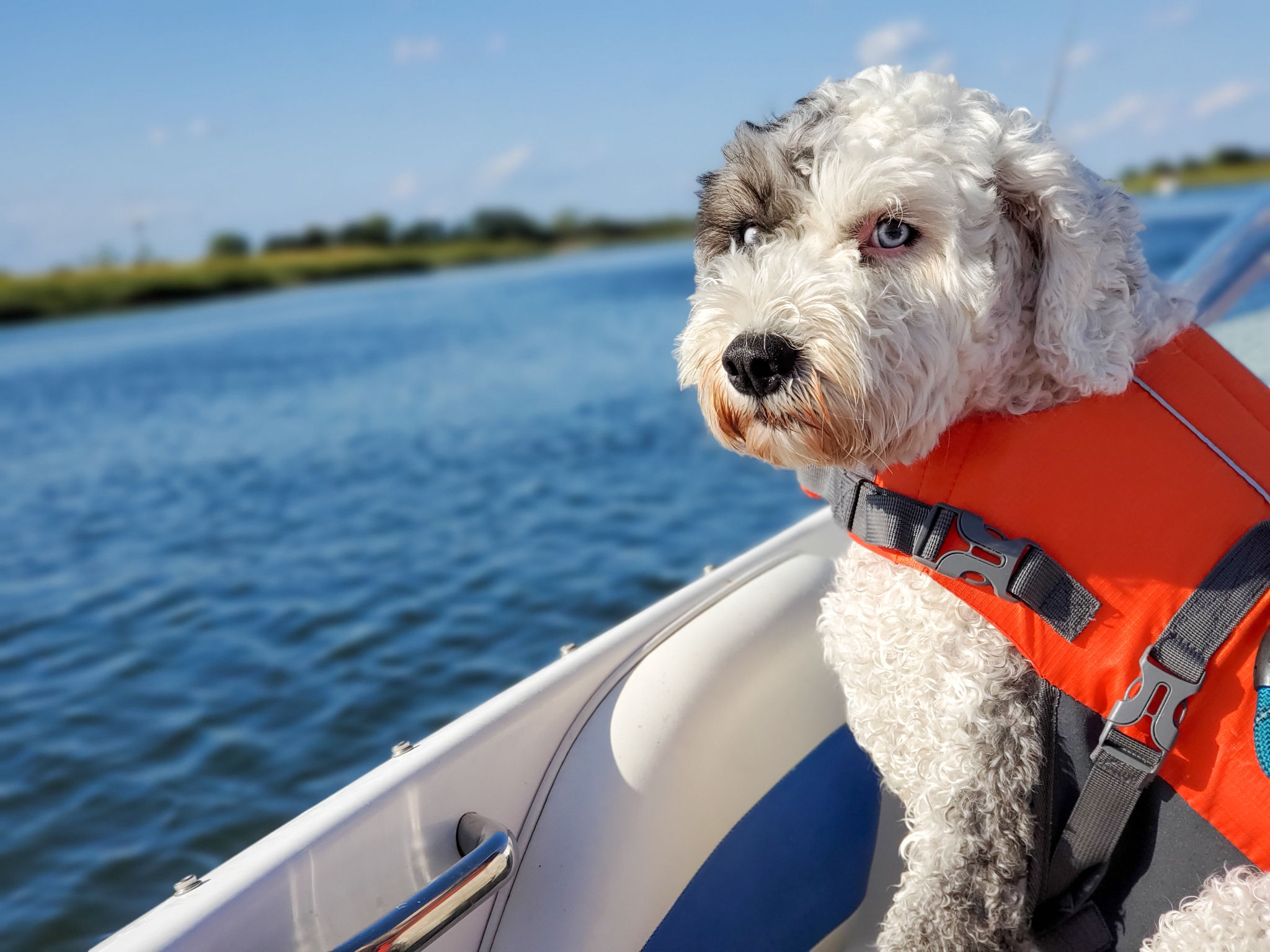Myths About Pet Air Travel Debunked: What You Need to Know
Understanding Pet Air Travel Myths
Traveling with your pet can be a stressful experience, especially when it involves flying. Many pet owners are apprehensive about air travel due to the numerous myths surrounding it. However, it's important to separate fact from fiction to ensure a smooth journey for both you and your furry friend.

Myth 1: It's Unsafe for Pets to Fly
One of the most common misconceptions is that air travel is inherently dangerous for pets. While there are risks involved, airlines have implemented stringent safety measures to protect pets during flights. Many airlines have specialised pet programs and trained staff to ensure animals are handled safely from check-in to arrival.
Moreover, most incidents involving pets occur when they are not properly prepared for travel. Ensuring your pet is healthy, well-hydrated, and comfortable with its travel crate can significantly enhance its safety and well-being during the flight.
Myth 2: All Airlines Treat Pets the Same
Another myth is that all airlines offer the same level of care for pets. In reality, policies and services vary significantly between carriers. Some airlines offer excess baggage travel and allow pets in the cabin, while others may only permit them in the cargo hold. See our FAQ's page for more information on this.

It's crucial for pet travel coordinators, such as SkyPaws, to understand these nuances, and ensure that your pet is travelling on the airline most suitable for their destination. It is proven that the highest stress point for pets during travel is the take-off and landing, so an airline that offers a direct route for example, is often the most suitable.
Myth 3: Sedating Your Pet is Necessary
Many pet owners believe that sedating their pets is essential for air travel. However, airlines, on veterinary advice, do not allow pets to fly sedated due to potential health risks, such as respiratory issues or altered behaviour during the flight.
Instead of sedation, focus on acclimating your pet to being crated before the journey. Familiarity with spending time in a crate can help reduce anxiety and make the travel experience more comfortable for your pet. You can also work on getting your pet used to the loud, unusual noises that they may hear in and around the airport.

Myth 4: All Pets Can Fly
Not all pets are suited for air travel. Certain breeds, especially those with short noses like bulldogs and Persian cats, are more prone to respiratory issues and may face higher risks during flights. Airlines may have specific restrictions or guidelines for these breeds.
Additionally, you will need to consider your pet's age, health, and temperament before deciding on air travel. Consulting with a veterinarian, alonside a pet travel specialist such as SkyPaws, can provide valuable insights into whether flying is a safe option for your pet. Here at SkyPaws, we have extensive veterinary and pet travel experience, allowing us to assist with these conversations and ensure that your pet gets the best possible care for their flight.
Preparing for a Safe Journey
To ensure a safe and stress-free flight, follow these steps:
- Research Pet Travel Consultants: Understand the specific requirements and services offered by your chosen pet travel specialist.
- Visit the Veterinarian: Schedule a check-up to confirm your pet's health and get any lapsed vaccines up to date. Your pet may also need to be neutered prior to travel, depending on your destination.
- Familiarise Your Pet: Help your pet become comfortable with being crated, and get them used to the sights and sounds of the airport.
- Pack Essentials and be Prepared: Your pet does not get a luggage allowance, so make sure you have food, water, a lead, and any medications your pet may need when you go to collect them, or ready for when they are delivered home to you.

Final Thoughts
By debunking these myths and taking appropriate precautions, you can make air travel a safe and enjoyable experience for your pet. Remember that preparation is key, and understanding the facts about pet travel will help alleviate anxiety for both you and your furry friends. .